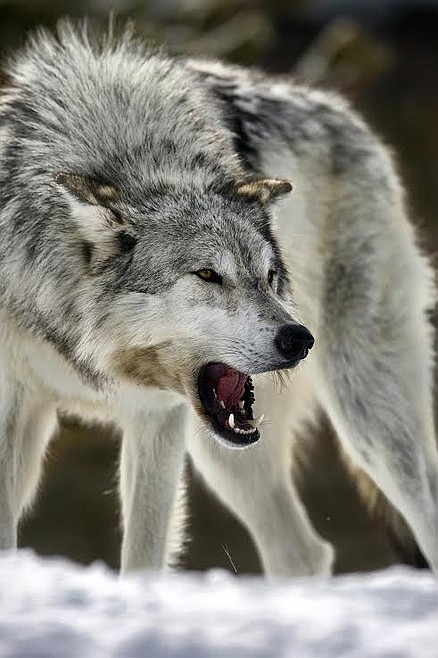Wolf hunting, trapping proposals making progress
HELENA (AP) — Hunters and trappers who kill wolves in Montana could be reimbursed for their expenses by private groups under a proposal advanced by state lawmakers last Monday that critics said is akin to the bounties that nearly exterminated the predators last century.
The Republican-controlled Senate voted to allow the payments amid pressure from livestock and hunting groups that say Montana has too many wolves...
Become a Subscriber!
You have read all of your free articles this month. Select a plan below to start your subscription today.
Already a subscriber? Login



